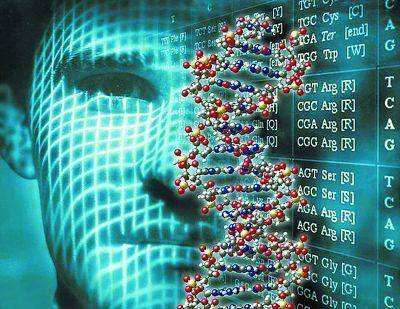In the early 1990s, scientists made an even more profound discovery when they found they could knock out supposedly vital genes from embryonic mice, and the mice were not only often born healthy, but sometimes were actually fitter than their brothers and sisters who had not been tampered with. When certain important genes were destroyed, it turned out, others were stepping in to fill the breach. This was excellent news for us as organisms, but not so good for our understanding of how cells work since it introduced an extra layer of complexity to something that we had barely begun to understand anyway.

It is largely because of these complicating factors that cracking the human genome became seen almost at once as only a beginning. The genome, as Eric Lander of MIT has put it, is like a parts list for the human body: it tells us what we are made of, but says nothing about how we work. What's needed now is the operating manual — instructions for how to make it go. We are not close to that point yet.












